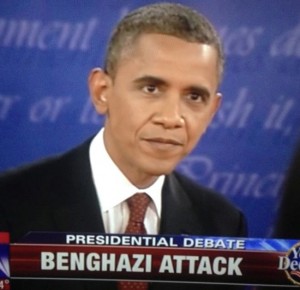 by U-T San Diego Editorial Board
by U-T San Diego Editorial Board
Key details about the deaths of four Americans — three with deep San Diego roots — on Sept. 11-12, 2012, in terrorist attacks in Benghazi, Libya, have been established for more than a year. Since then, much of the national media has done all it can to avoid admitting that 2+2=4.
Within hours after the second attack, the president of Libya told U.S. officials it was executed by terrorists. Given that the assaults on two U.S. facilities involved rocket-propelled grenades, this was not exactly surprising.
But for weeks afterward, the Obama administration — most notably the president himself in a Sept. 25, 2012, speech to the United Nations — suggested the attacks were a spontaneous outgrowth of protests over a crude anti-Muslim YouTube video posted by an American. This deception came at the height of a presidential campaign in which one of the incumbent’s main selling points was his record fighting terrorism.
Ever since, much of the media have accepted the White House’s “fog of war” excuse — even though the administration has bitterly fought release of key documents that in theory would confirm the excuse.
This week, one of those documents emerged: a Sept. 14, 2012, email in which White House national security aide Ben Rhodes stressed that the administration’s “goal” was “to underscore that these protests are rooted in an Internet video, and not a broader failure of policy.”
This prompted an ABC News reporter to challenge White House press secretary Jay Carney over the administration’s honesty. But most of the media accepted Carney’s explanation that Rhodes wasn’t talking specifically about Benghazi.
The fact that the president himself suggested at the U.N. that the Benghazi attacks were linked to the video?
Somehow, that’s not relevant. Somehow.
. . . . . . . . . . . . . . . .
This article was published at U-T San Diego.